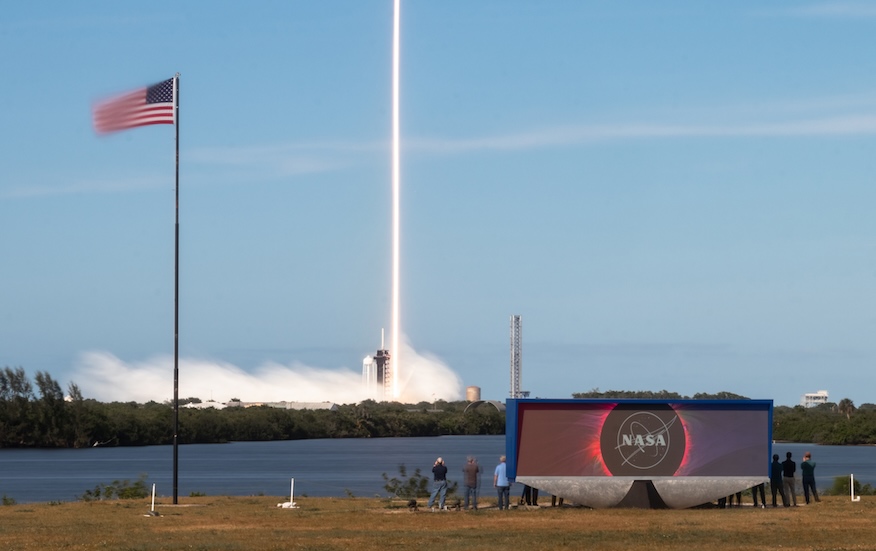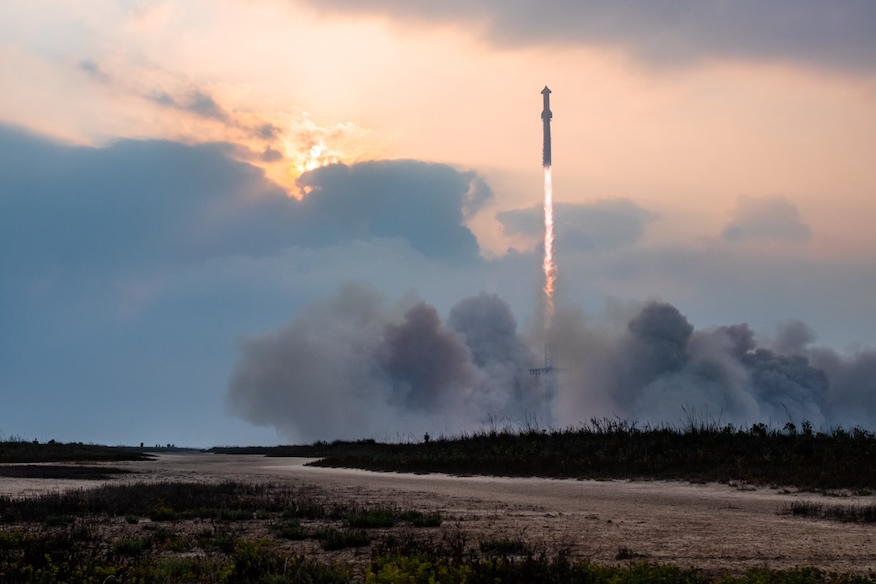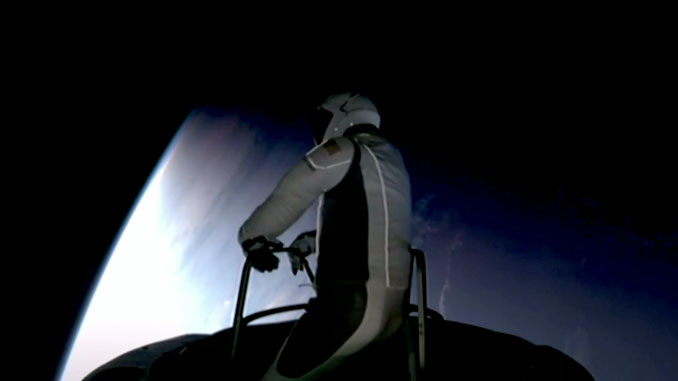
SpaceX sent 20 Starlink satellites to low Earth orbit on a Friday morning Falcon 9 rocket departing from Vandenberg Space Force Base.
Onboard the Starlink 9-17 mission were 13 satellites that include the Direct to Cell capability. Liftoff from Space Launch Complex 4 East (SLC-4E) happened at 6:50 a.m. PDT (9:50 a.m. EDT, 1350 UTC).
Deployment of the satellites was confirmed by SpaceX shortly before 11 a.m. EDT (1500 UTC)
The Falcon 9 booster supporting this mission, tail number B1075 in the SpaceX fleet, flew for a 13th time. It previously supported the launches of the Transporter-11 rideshare mission, SDA-0A for the Space Development Agency and nine previous batches of Starlink satellites.
A little more than eight minutes after liftoff, B1075 landed on the SpaceX droneship ‘Of Course I Still Love You.’ This was the 102nd booster landing for OCISLY and the 350th booster landing to date.
Crew on deck
The California mission came as both of SpaceX’s Florida launch pads are preoccupied with preparations for upcoming NASA missions. Launch Complex 39A at the Kennedy Space Center is turning over from a Falcon 9 to a Falcon Heavy configuration to support the Europa Clipper flight to the Galilean moon, Europa.
Meanwhile, Space Launch Complex 40 (SLC-40) at Cape Canaveral Space Force Station is preparing to launch its first crewed flight ever. That mission, Crew-9, will be SpaceX’s 207th orbital launch from SLC-40.
Commander and NASA astronaut Nick Hague along with mission specialist and cosmonaut Alexandr Gorbunov are scheduled to arrive in Florida on Saturday afternoon. The pair will remain in quarantine until their planned launch date, which is no earlier than Sept. 26.
Because NASA decided to bring the Boeing Starliner spacecraft back from the International Space Station without its crew, two seats on the SpaceX Crew Dragon Freedom will remain unoccupied on the ride up to the ISS.
This means the launch will be the first operational flight of Dragon with only two crew members. It’s also the first two-person flight of Dragon since the Demo-2 mission in 2020, which featured former NASA astronauts Bob Behnken and Doug Hurley.
NASA astronaut Nick Hague and Roscosmos cosmonaut Aleksandr Gorbunov are scheduled to arrive at @NASAKennedy at approximately 1:30pm ET Saturday, Sept. 21, touching down at the Launch and Landing Facility ahead of launch to @Space_Station NET Sept. 26: https://t.co/1qve83OKFj pic.twitter.com/F6hiXGOhP3
— NASA Commercial Crew (@Commercial_Crew) September 19, 2024



